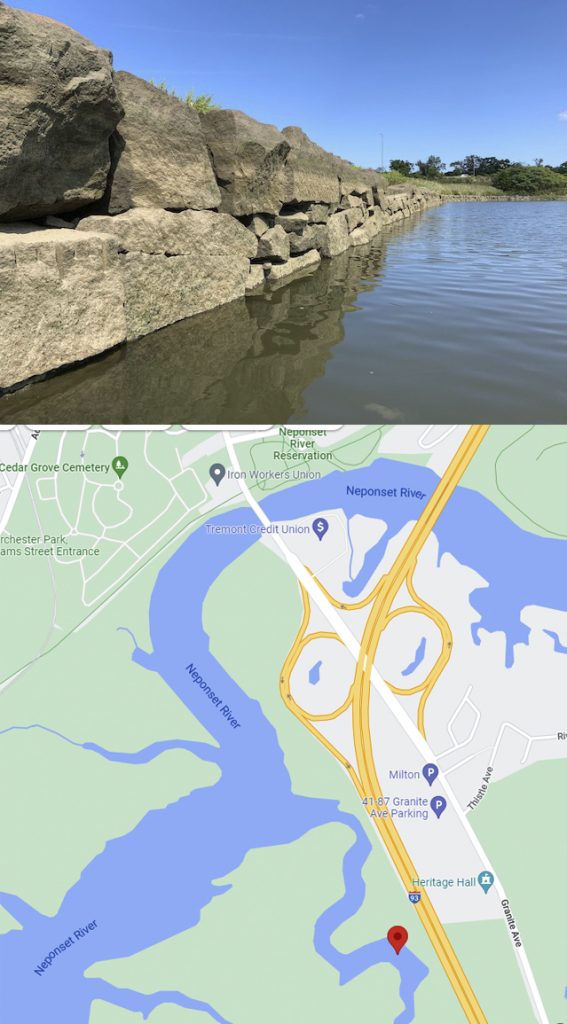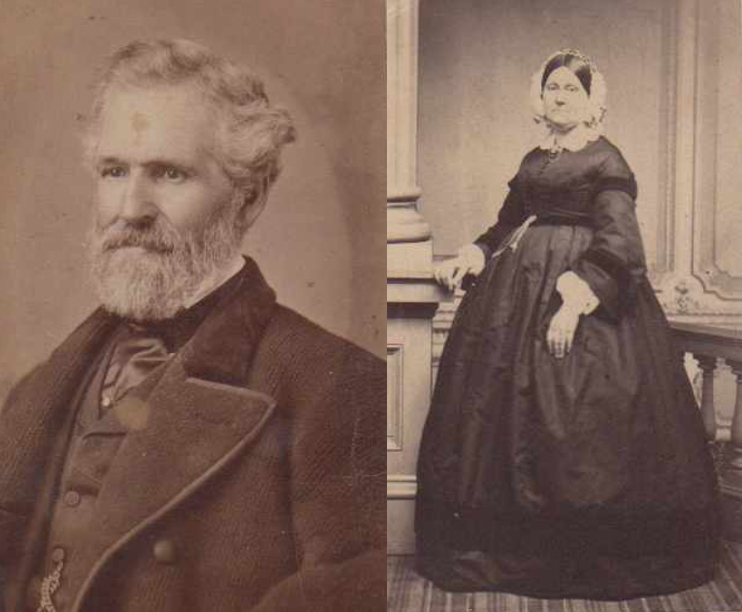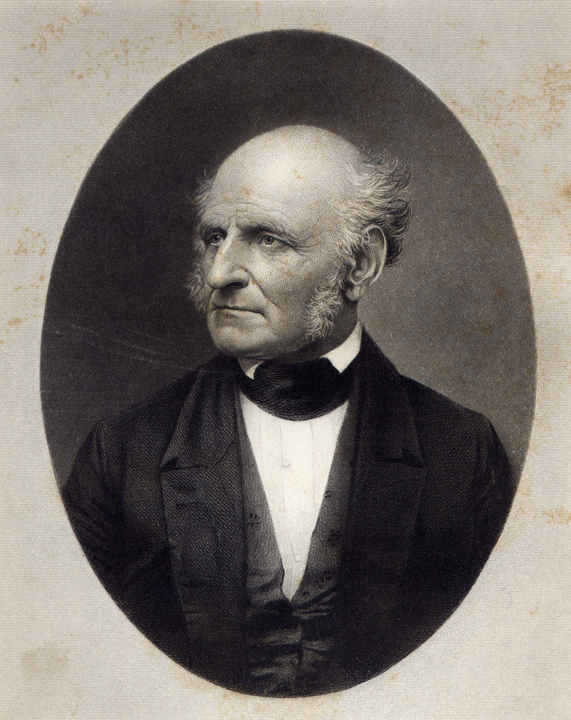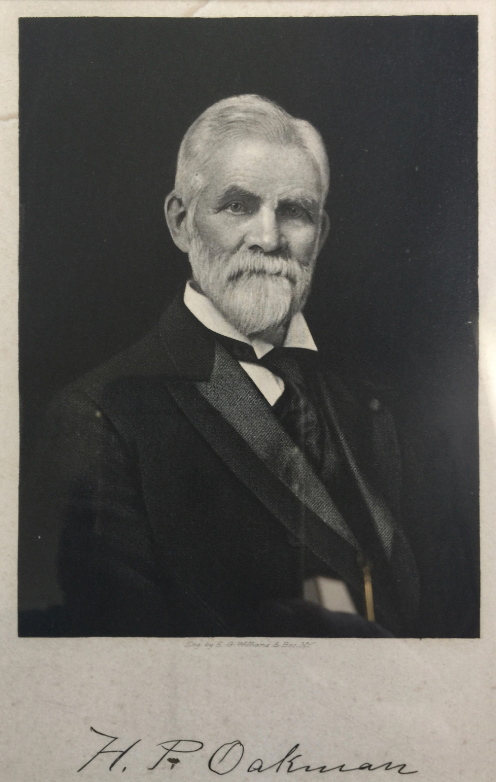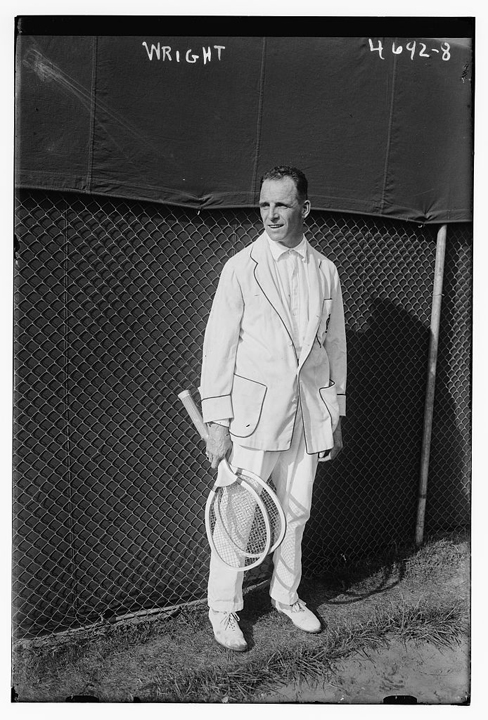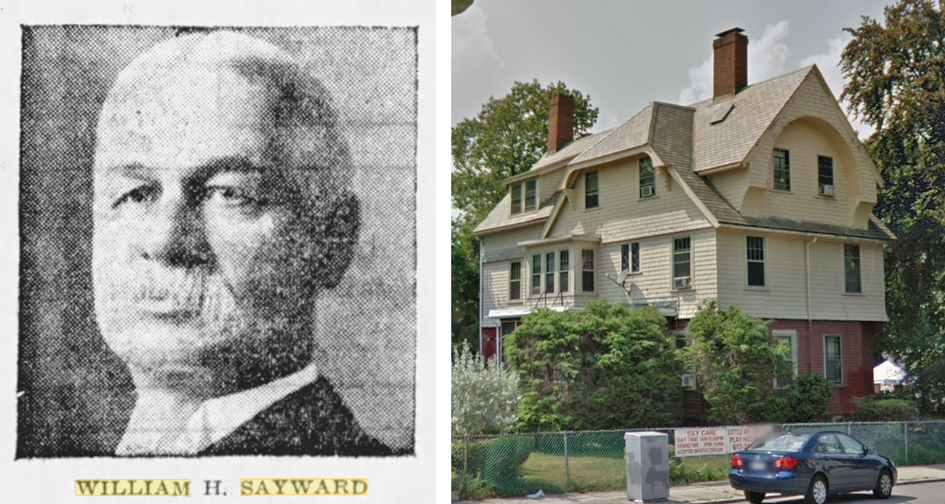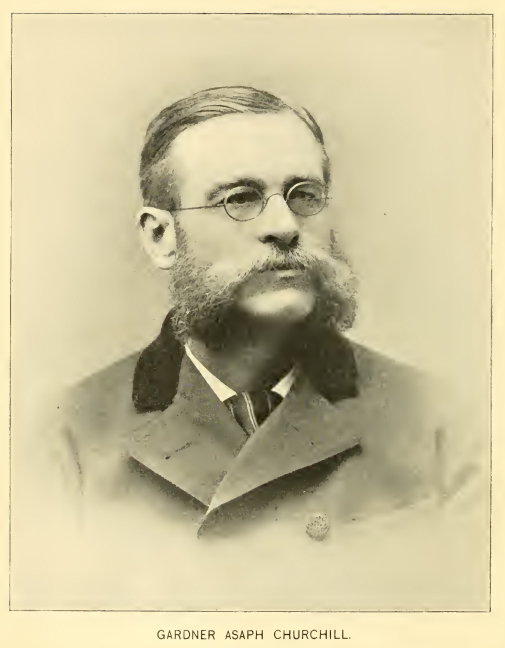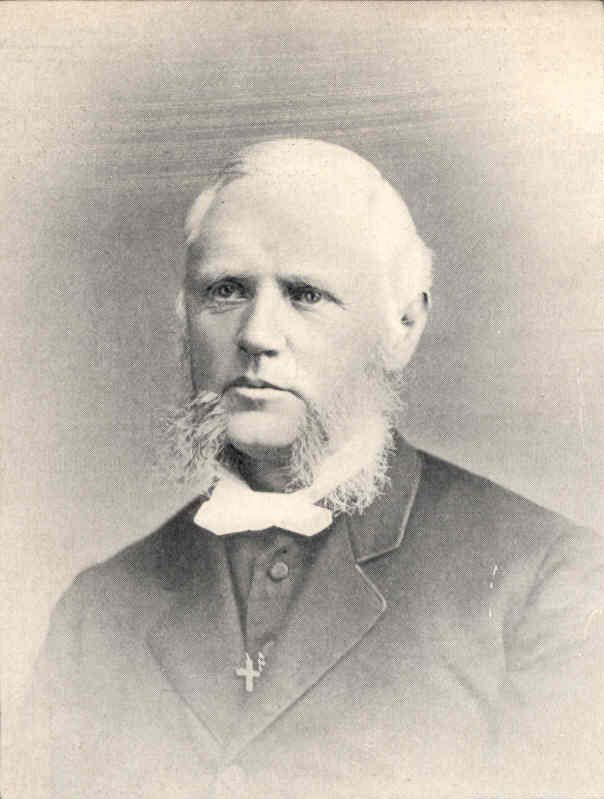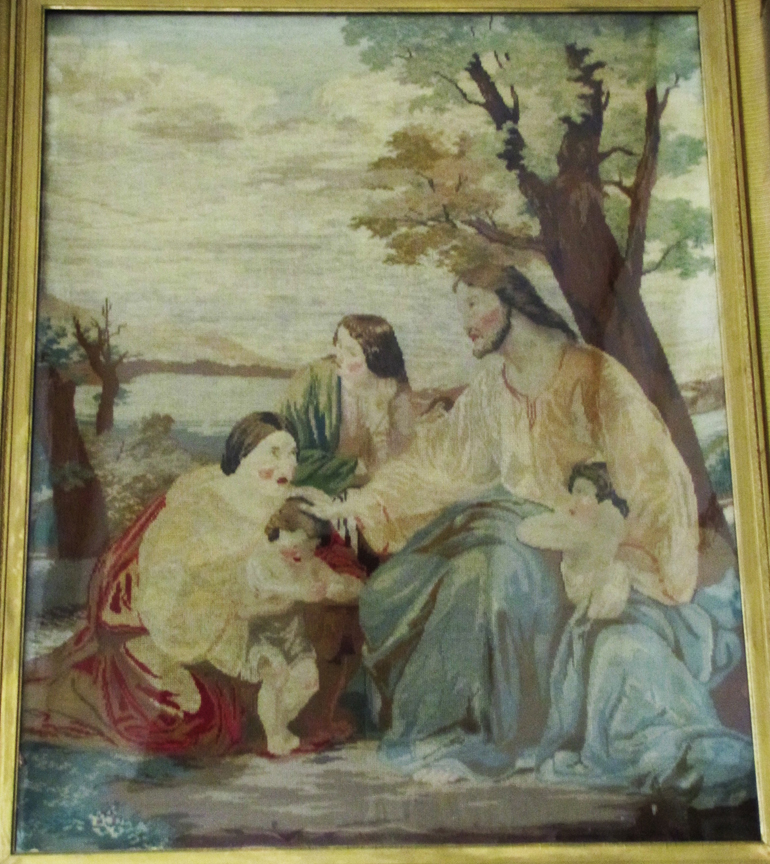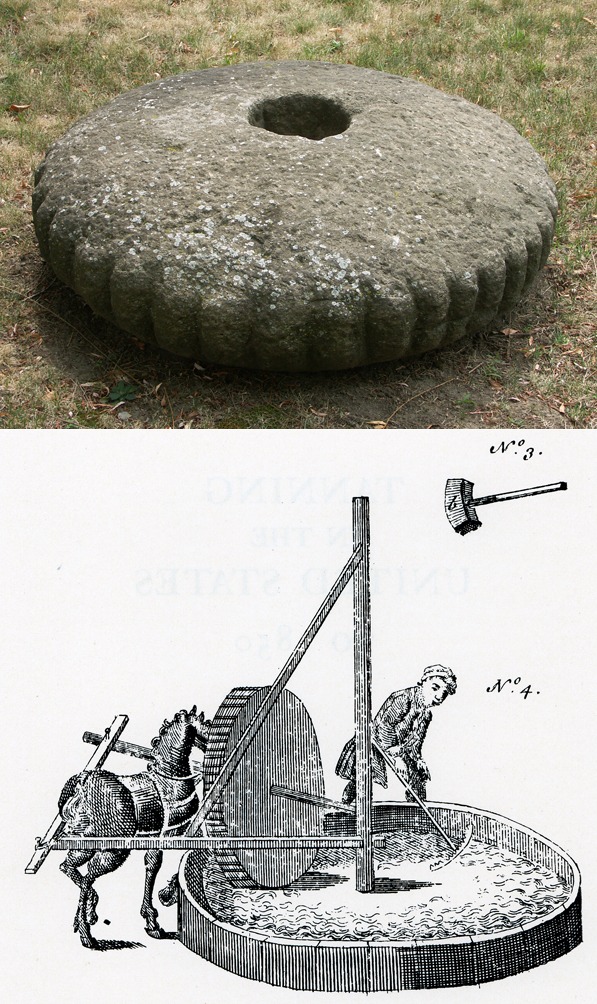
Dorchester Illustration 2585 Early Manufacturing in Dorchester: Tanning
contributed by Carole Mooney
In the Southeast corner of the Clap compound, at 195 Boston Street, rests a reminder of when a young country encouraged manufacturing to bolster its economy to become less dependent on foreign nations for essential supplies. The giant stone biscuit with fluted edge and a hole carved through its center was once tipped on its side and rolled over bark, crushing it for use in tanning hides. A flier located nearby describes the leather-making process with illustrations. Recently a collection of notes by Daniel Dunn, donated by the family of the late Joe Langis, past president of the Dorchester Historical Society, provides information on the political importance of leather manufacturing.
In 1767 Dorchester voted to “encourage manufacturers of the country and less the use of foreign superfluities.”
On March 31, 1788, an act passed by the Massachusetts House and Senate prevented the exportation of green or unmanufactured calf skins out of this Commonwealth by land or water. The legislators wrote, “Whereas the exporting of greener unmanufactured calf skins, will occasion a scarcity thereof, and be attended with disagreeable consequences…”
Alexander Hamilton, Secretary of Treasury, in a 1791 report, said tanners were active in numerous parts of the country and the government had been asked to prohibit the import of leather and export of bark. “Not only the wealth; but the independence and security of a Country, appear to be materially connected with the prosperity of manufactures. Every nation, with a view to those great objects, ought to endeavor to possess within itself all the essentials of national supply,” he said.
Leather was manufactured for a variety of items, according to Daniel Dunn’s notes. Shoes were made with cow hide with calfskins for uppers. Sheepskin was considered cheap leather, lambskin was used for gloves, horsehide for harnesses and pigskin for the seat of saddles. Donkey and mule hides, a rough or shagreen leather, was used to create a good grip for scabbards. Oil and lampblack were rubbed in to color the leather.

